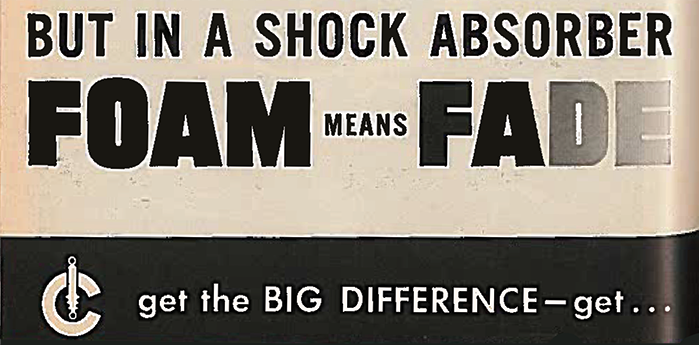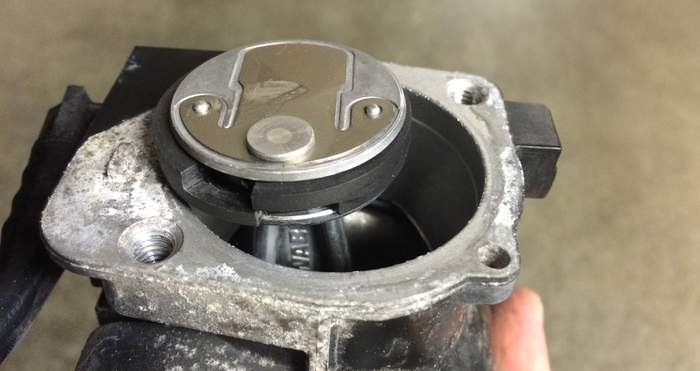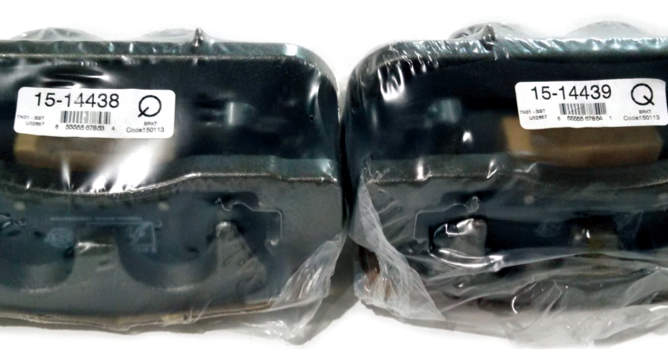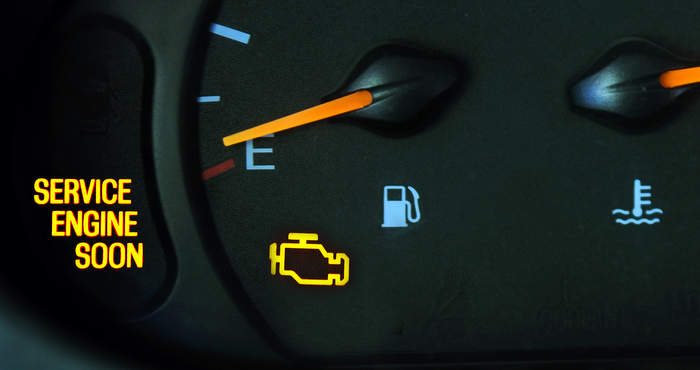Brakelights: Foam Means Fade (June 1961)
Shocks fading on vehicles was a big safety concern before gas charged shocks in the 1970s. On bumpy roads, old shocks would heat up the fluid, causing bubbles to form in the fluid. This would cause the piston to cavitate and the shock to fade. Often, the car would lose control. Sometimes, if the fade was bad enough, the shock would puke fluid out of the top seal. Gas charging of shocks changed this because the fluid was now under pressure, much like an unopened beer can.

Weak Air Ride Compressor Diagnostics
Today’s air ride suspensions seem to have a mind of their own when it comes to alerting the driver of a problem. Unlike engine-related trouble codes, most air ride codes are cleared every key cycle or when the vehicle has been sitting for a specific period of time. Codes are not always a sign of a leak, as they can be set by components like the compressor, sensors or reservoir. These codes can appear to be intermittent, but once you understand how the system operates and the criteria for setting a compressor-related code, a diagnosis can be easy.

Loaded Caliper Installation Guidelines
Caliper replacement is often the best course of action to ensure that a braking system will perform at an optimal level, both in terms of safety, performance and maximizing brake pad life. There are a bunch of small reasons to recommend caliper replacement: rubber boots, seals and gaskets that wear down, dry up and eventually

Converter Codes: How Long Will the Light Stay Out?
A moral dilemma that many shops encounter on a regular basis: A good customer comes in with the engine light ablaze. Running the usual diagnostics, you encounter a catalytic converter efficiency code, a slow to respond oxygen sensor or some proprietary fuel trim code. Other than the light, the customer has not noticed any other

